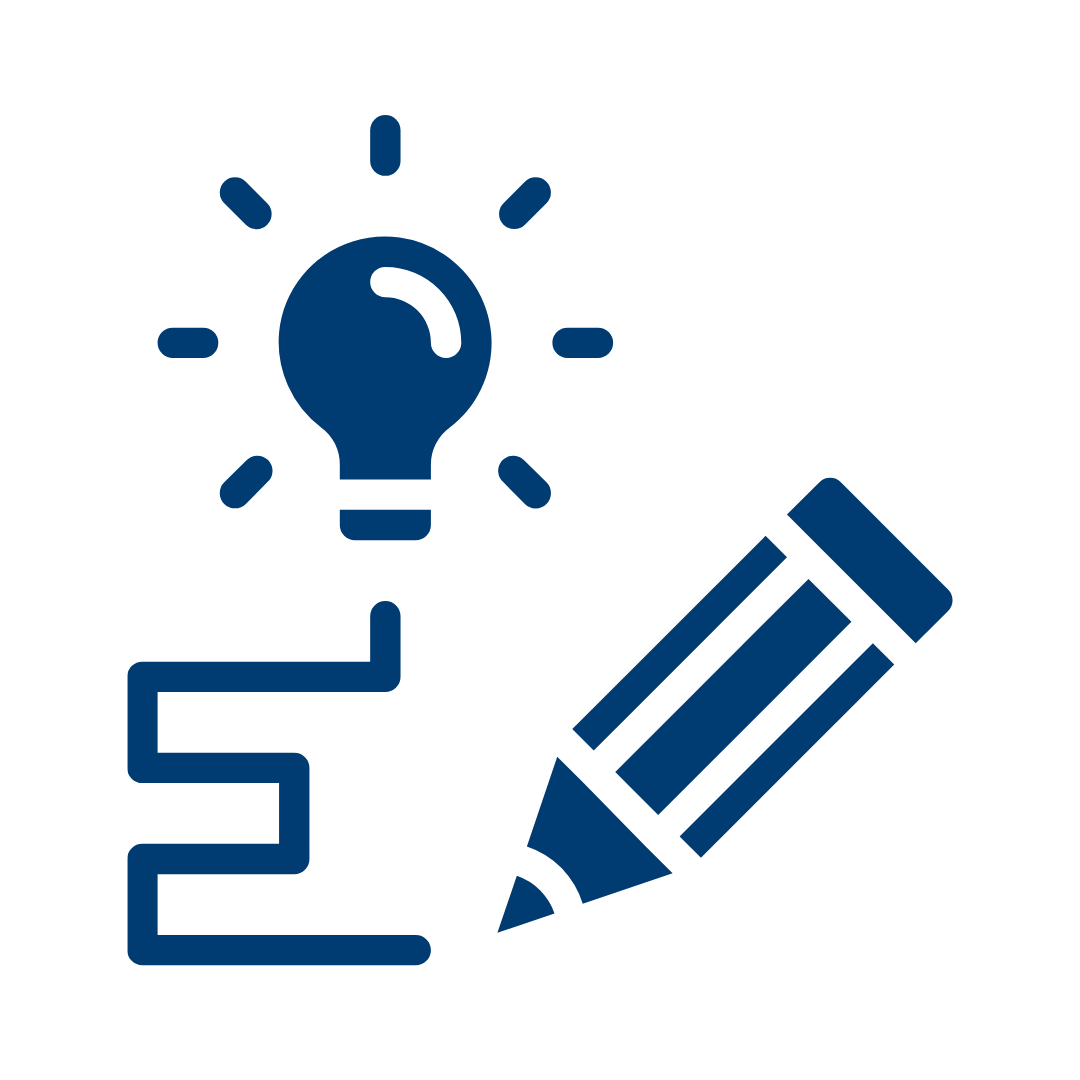Strategic
PlanNing facilitation
Clearview
brings a fresh perspective to the strategic planning process. We keep the discussion on track and encourage all team members to act as equals.
A Clearview facilitator levels the playing field between Executive Director/CEO and board/team members. In an atmosphere of informality, board/team members can address any issue within the organization without fear of unjust reprisal.
-
• When you want to participate yourself: For the most part, facilitating and participating at the same time is impossible. Some people can do both effectively, but most can’t.
• When you need to address sensitive issues, including conflict: An outsider’s perspective can diffuse heated exchanges and channel intense emotions into constructive problem-solving.
• When your team is stuck: A skilled facilitator uses their skills and experience to ask powerful questions to help to enable all participating to see things from a different perspective.
• When your group must deal with complex issues and a variety of viewpoints: A Clearview facilitator understands the processes of a group discussion, generate options, make decisions, and build consensus.
-
A SOAR analysis (strengths, opportunities, aspirations, results) is a strategic planning tool that focuses an organization on its current strengths and vision of the future for developing its strategic goals. It’s developed around the Appreciative Inquiry Process.
This tool differs from the commonly used SWOT (strengths, weaknesses, opportunities, and threats) analysis. SOAR engages all levels and functional areas of an organization, while SWOT is typically a top-down approach. With SOAR, the focus is on the organization and enhancing what is currently done well, rather than concentrating on perceived threats and/or weaknesses.
When conducting a SOAR analysis, the basic questions to be answered are:
1. What are our greatest strengths?
2. What are our best opportunities?
3. What is our preferred future?
4. What are the measurable results that will tell us we’ve achieved that vision of the future?
-
IS = Strengths: What an organization is doing really well, including its assets, capabilities, and greatest accomplishments.
O= Opportunities: External circumstances that could improve profits, unmet customer needs, threats or weakness reframed into possibilities.
A= Aspirations: What the organization can be; what the organization desires to be known for.
R=Results: The tangible, measurable items that will indicate when the goals and aspirations have been achieved.
-
Engages representatives from every level of the organization to have shared conversations and input on strategy and strategic planning. Resistance to change is minimized and employees are more likely to commit to goals and objectives they helped create.
Flexible and scalable, so planning and decision making can be adjusted to fit an organization’s needs and culture.
Building on the organization’s strengths produces greater results than spending time trying to correct weaknesses.
-
There are two factors to consider in utilizing Clearview as a facilitator. Time and Cost.
We have a non-profit rate of $1,750 a day. (Travel expenses and tax are extra)
Below is a 9-step process we recommend. Our involvement depends on the organization's expertise in developing a strategic plan. We usually suggest that the minimum is 1 ½ days of work for Clearview. This would include preparing the materials in advance, the full day of facilitation and then a 2 hour follow up session over the phone with the Executive Director/CEO.
Step 1. Identify stakeholders who will participate, and determine the format and frequency of meetings (One large summit? A series of shorter meetings?). Participants should represent all levels of the organization and all functional areas.
Step 2. Create an interview questionnaire or guide for gathering information about the strengths, perspectives, and aspirations of employees and key stakeholders.
Step 3. Engage employees and other stakeholders—including clients, vendors, and partners, if appropriate—to discover the conditions that created the organization’s greatest successes. Ask powerful, positive questions to generate images of possibility and potential.
Step 4. Threats, weaknesses, or problems should not be ignored, but rather should be reframed. The discussion should focus on “what we want” rather than “what we don’t want.”
Step 5. Summarize the organization’s positive core, which is its total of unique strengths, resources, capabilities, and assets.
Step 6. Identify aspirations and desired results that create a compelling vision of the future using the best of the past and that also inspire and challenge the status quo.
Step 7. Decide which opportunities have the most potential.
Step 8. Write goal statements for each of these strategic opportunities and identify measures that will help track the organization’s success.
Step 9. Plan actions and implement the plan for each identified goal.
GET STARTED TODAY
SCHEDULE A CALL
Let’s schedule a quick discovery call to find out what training plans suits your organization’s needs.
GET A CUSTOMIZED TRAINING PLAN
We will work with you to deliver a comprehensive training plan.
ENVISION A BETTER
FUTURE
Unify your team through our practical and impactful training so you can set a vision for your organization’s future.



